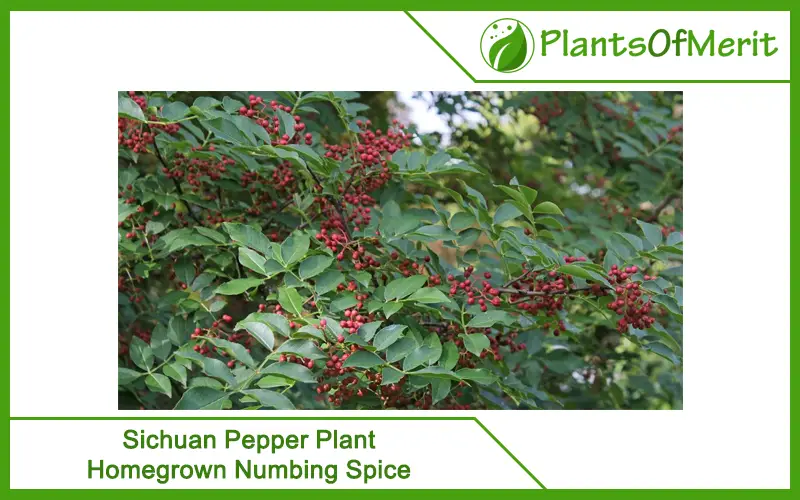The growth of pan-Asian cuisine across the world has paved the popularity of Asian spices and condiments, with Sichuan peppercorn being one of the most popular ones on the list. Not only does it add a stark spice to the dishes, but Sichuan pepper is also perfect to fill you up with numbing warmth that’s healing in a way.
Before you confuse everything thinking that Sichuan pepper is a type of chili pepper, you are mistaken. Instead, they are a lot like a peppercorn and grow on the plant as berries, which are later dried and used for both cooking and medicinal purposes.
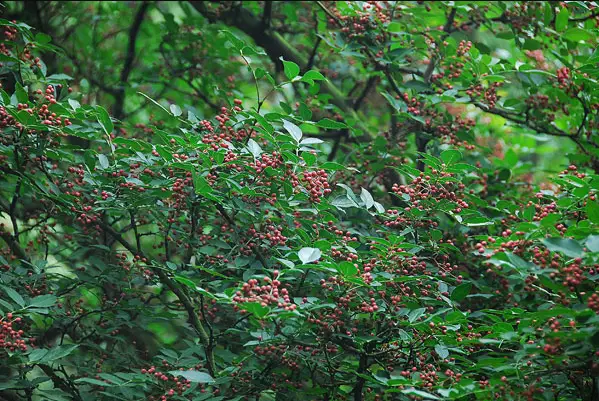
The Sichuan peppercorn is native to China but has now become widespread and a global sensation. So, with its growing popularity, it isn’t surprising that more and more people are on the hunt to grow it in their gardens.
Is it an easy process? Well, technically no. But it isn’t an impossible process either. So, if you are considering growing them in your backyard, this article should give you all the insights.
Growing Sichuan Pepper – Overview
Before you jump right into growing Sichuan pepper in your home, there are certain factors that you need to be mindful of. Having a glance through the quick care guide should give you an idea of what to expect and what kind of parameters to follow.
| Growing Guide | Description |
| Common name | Sichuan pepper, Szechuan pepper, Chinese pepper, etc. |
| Scientific name | Zanthoxylum spp. |
| Light | Direct sun to partial shade |
| Harvesting period | 120 days |
| Water | 1 inch every week |
| Soil | Well-draining |
| Fertilizer | Slow release, all-purpose |
| Pests | Aphids, citrus leafminer |
| Disease | Pepper tree leaf blotch, citrus canker |
Keeping these into account helps you plant your growing process for the plant. Ideally, ensure that you avoid growing the plant if the growing conditions aren’t favorable where you live.
What are the Types of Sichuan Pepper?
It is true that people associate Sichuan pepper with China. Although the plant is indeed native to China, there are a few types of Sichuan pepper trees that originate from different parts of the world.
So, if you are planning to grow some in your garden, we’d recommend keeping the types into consideration. This will make a lot of difference in the long run.
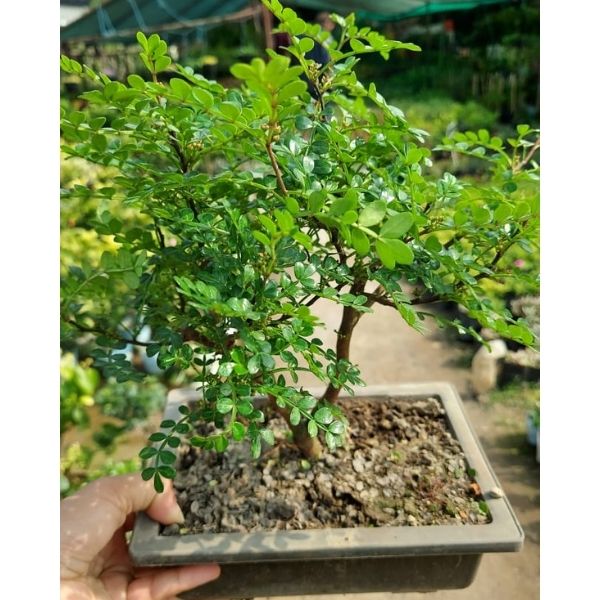
- The first type of Sichuan pepper is the Zanthoxylum bungeanum, which is native to China and is grown there. You will commonly find it growing in parts of north China and a few areas in southern China. Each fruit in this type contains one peppercorn, which is dried and then ground and added to the cooking.
- The second type is the Zanthoxylum armatum, which is common in a few different countries like Pakistan, Southeast Asia, Korea, and even Japan. Alternatively known as the prickly ash tree, this one easily grows up to 11 feet in height. The leaves in this type of Sichuan pepper plant are quite broad with a rusty color to them.
- The last type of Sichuan peppercorn worth knowing about is the Zanthoxylum piperitum. This one is native to Japan and is quite different from the other variants. It produces a dark seed that contains peppercorn inside it. The bright red peppercorns from this type have a very numbing sensation on the palate.
How should you Plant Sichuan Pepper Plant?
Before we indulge in the growing process for the Sichuan pepper plant, you need to familiarize yourself with the planting process. It is fairly simple, not to mention that it’s quite favorable for first-time growers as well.
So, even if you don’t have any idea about growing a Sichuan pepper plant, this guide should give you all the insights that you need.
Your first aim with planting the Sichuan pepper plant is to find a garden bed with well-draining soil. Ideally, if the soil retains too much water, it will end up damaging the roots and halt the growth of the plant.
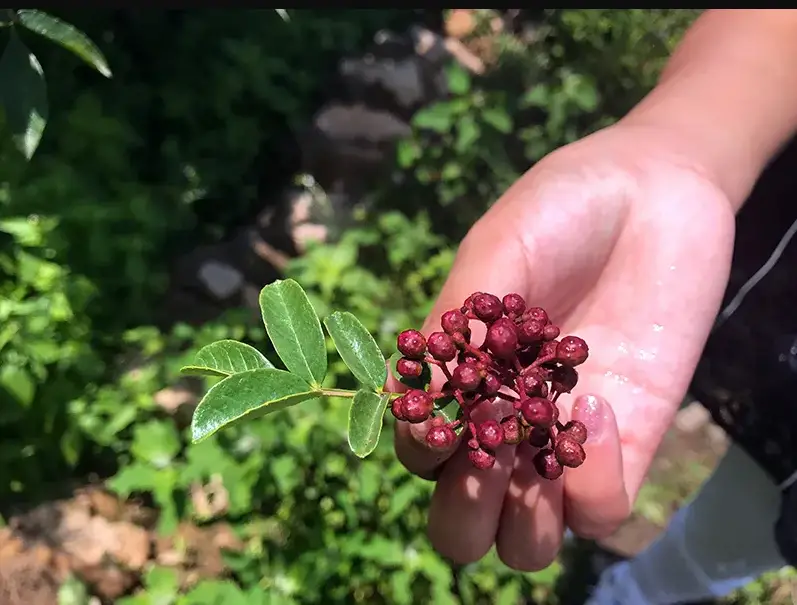
Besides the soil’s water retention, you also need to be mindful of the sunlight. Sichuan pepper plant thrives under direct sun, so you should be on the lookout for the same. Also, you have to choose the companion plants very carefully. They don’t do well with citrus plants since it enhances the risks of citrus canker.
As for the planting process, you need to start by digging a hole in the garden bet. Dig it enough to accommodate and support the root system of the plant. Before you place the plant inside the garden bed, you need to cover the bottom layer with some fertilizer and then put the rooted plant over it.
You need to then cover and mound the soil and add a little water to let everything settle into the area where you have put the plant.
How to Care for Sichuan Pepper Plant?
Once you have all the basic planting processes sorted out, the next factor that you need to be mindful of is the growing process and the care guide. Being mindful of these factors will enable you to grow the plant right in your backyard without any hassle or complications in the process.
Here’s a quick breakdown of all the important pointers:
- Sun and temperature requirements
Let us start the care guide with the most important and obvious factor, which is the sunlight and temperature needs. Your aim while planting the Sichuan pepper plant is to ensure that it is in an area where the plant will get around 8-12 hours of prolonged sunlight.
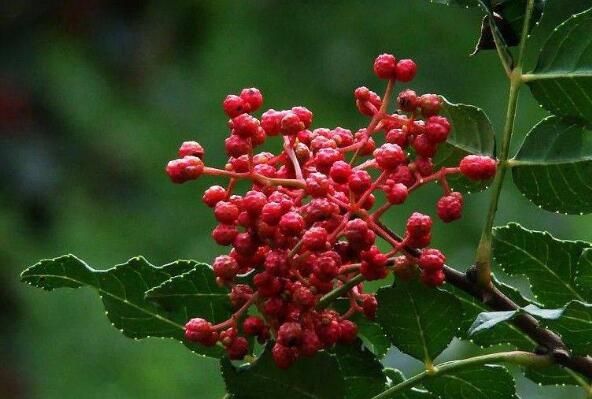
We won’t recommend keeping it in the partial shade area because that can drastically impact the overall yield when it is time to harvest the plant. Sichuan pepper plant ideally grows in a chilly subtropical area, so if you live in areas where the conditions aren’t favorable, they won’t live well.
As for the temperature setting, the outdoor temperature should be between 40- and 50 degrees Fahrenheit. This ensures optimal growth results, especially if you don’t want to put all your efforts into staying vigilant of its growth. It doesn’t withstand the harsh cold temperature, so be mindful of that.
In case of excess heat than the favorable temperature, the Sichuan pepper plants will grow but might experience stunted growth in some cases.
- Water and humidity requirements
Moving on from the sunlight and temperature parameters, we must focus on the water and humidity aspect too.
Although the plant doesn’t do well in the mushy or soggy soil, don’t be surprised if we said that the plant needs a completely different approach in the younger days. Typically, when the plant is preferably young, it needs to be watered daily.
Also, if you are growing the plant in the containers, the water requirements per day will be considerably more in that case. However, if you are growing them in the ground, you have to water them less frequently.
As the plant keeps growing, you need to stay alert. You aim to ensure that the soil is hydrated and moist. However, if the soil is waterlogged and doesn’t drain out the soil, chances are that the same will affect the growth of the plant drastically.
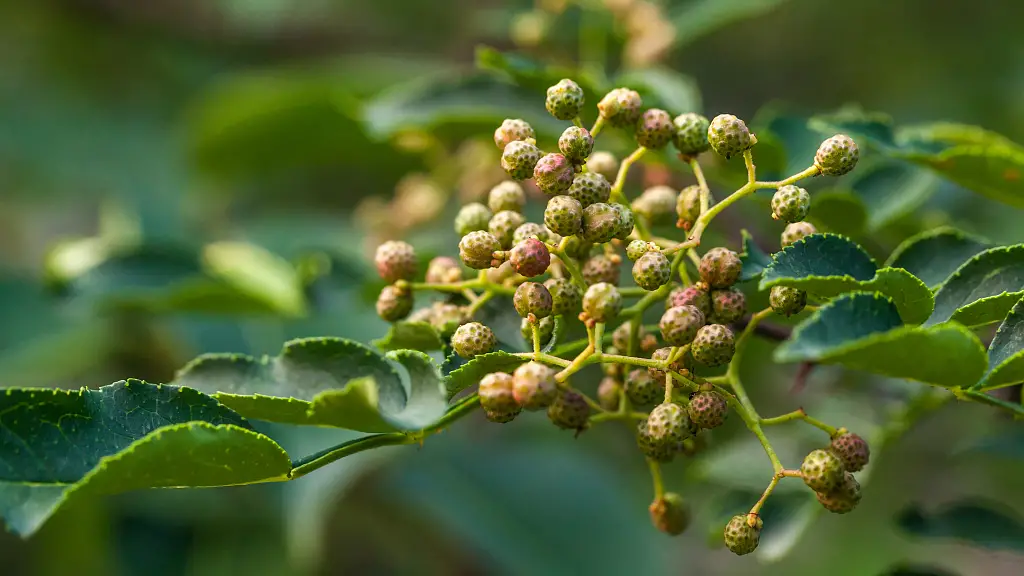
Also, when watering, focus the hose on the base of the plant. This wets and concentrates the water around the root and drains out what’s not needed. Avoid spraying water on the leaves. Watering is also climate-dependent. If it’s raining, avoid watering the plant. However, in case of drought, you might have to increase your watering process.
- Soil requirements
The Sichuan pepper plant isn’t complicated when it comes to its soil requirements. The only thing you need to be mindful of is the fact that it should be well-draining.
You don’t want the water to be logged into the rooting system of the plant. Not only does it contribute to root rot, but it also leads to eventual damage to the plant.
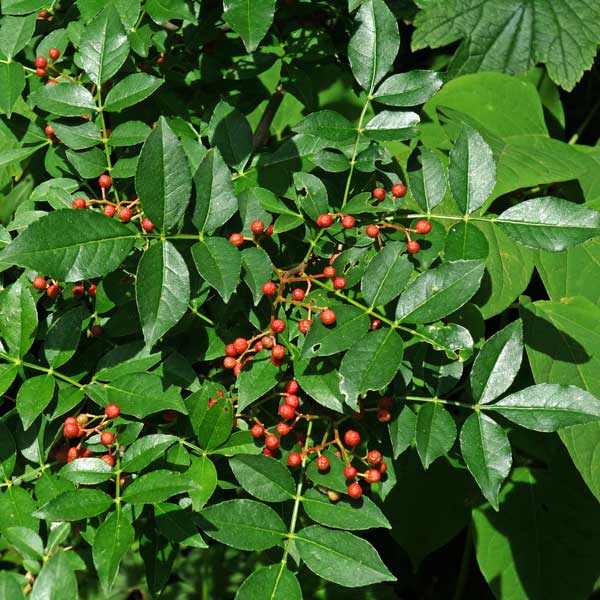
Ideally, if you want to DIY the soil composition at home, we’d recommend making a mixture of agricultural sand, organic matter, perlite, potting soil, etc. Doing so in equal proportions makes it easier for you to improve the overall drainage of the soil.
As for the pH setting of the soil, Sichuan pepper plants need a slightly acidic pH of 5.5, so make sure you provide the same as needed.
- Fertilizer requirements
Do you need fertilizer for your Sichuan pepper plant? Yes, there is a requirement for a 10-10-10 fertilizer mix, especially because it adds the required nutrition to the soil.
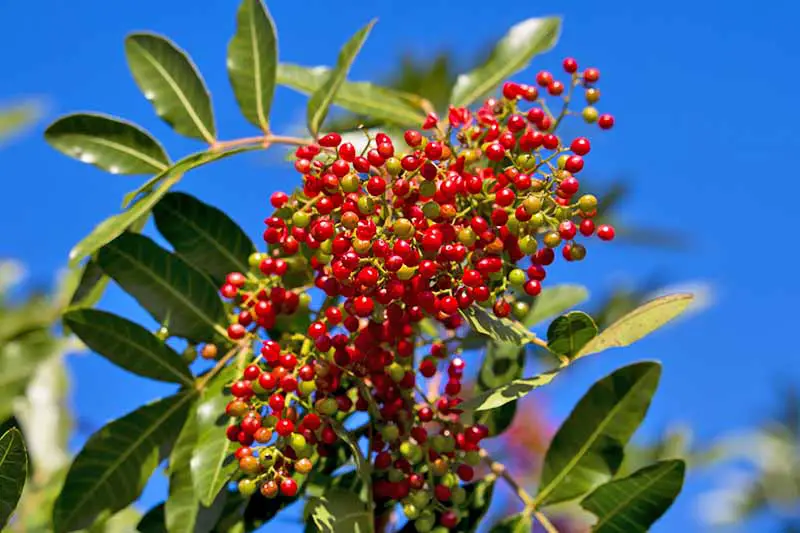
However, you don’t have to add the fertilizer frequently. You can start with one portion during the first planting and then add some more during the second year.
Pruning process
The Sichuan pepper plant is quite hardy and resilient. This means that you don’t have to spend your time worrying about constantly needing to cut or prune the plant.
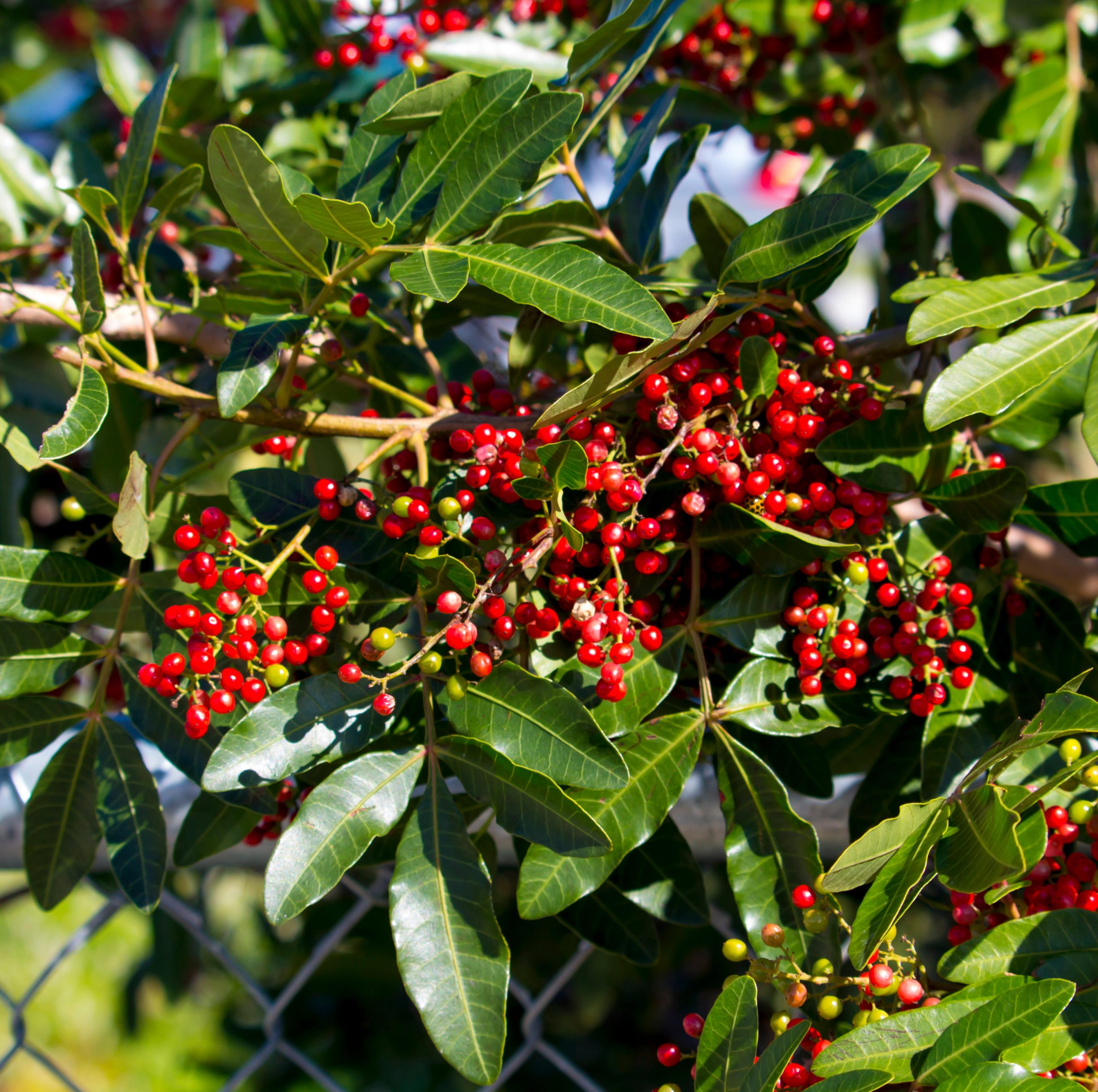
However, if you notice the leaves browning or falling out, you might consider pruning those areas for your benefit. We’d recommend checking the plant for any diseased or damaged area. If you find any, prune and cut out those portions.
How should you Harvest and Store Sichuan Pepper?
The primary reason why people plant Sichuan pepper plants is to harvest the fruit and extract the peppercorns to use in cooking or for medicinal purposes. Whatever the reason is, we’d highly recommend that you pay very close attention to the harvesting and storing process.
If you don’t do them right, chances are that your entire efforts will go down the drain, something that no one wants to experience at all.
Let us walk you through these individual processes:
- Harvesting Sichuan Peppers
How would you know it’s time to harvest the Sichuan pepper plant? Well, look at the corns in the plant. If it seems slightly cracked open, revealing the seed inside, it is a sign that the plant is ready to be harvested.
Once you remove the entire floret, keep it spread out in an area with good air circulation for up to two days. This allows the peppercorn to dry. If you find any peppercorn that hasn’t ripened yet, chances are that you’d have to keep them separately to ripen and dry further.
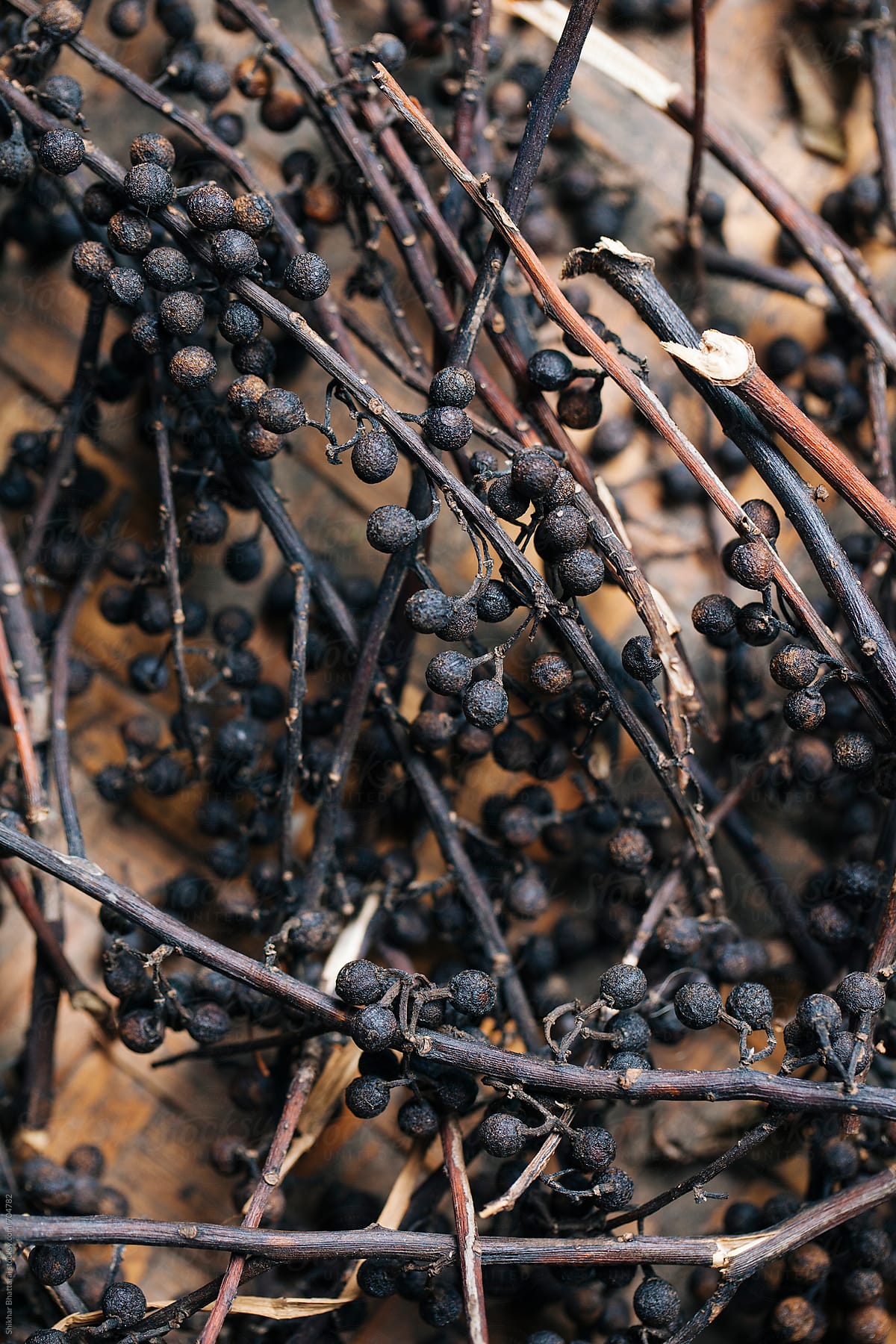
You then have to separate the hulls from the seed and store them in your spice jar. If you don’t want the chunky flavor in the cooking, you can dry roast them and then grind them into a fine powder before adding them to the cooking.
Storing Sichuan Peppers
Besides the harvesting process, the storing part is equally important to consider. Ideally, you have to store your Sichuan peppers in an airtight container. You can easily do so for up to a few years without any hassle.
If you want to preserve it as a condiment, you can make chili oil out of it. However, be assured that Sichuan pepper chili oil is extremely hot and numbing on the palate.
What are the Growing Problems with Sichuan Pepper Plant?
When it comes to the growing problems, you have to be mindful of two aspects – pests and diseases.
The most common pest infestation in a Sichuan pepper plant is that of Aphids. You can use neem oil solution and spray it around and in the soil of the plant to keep the aphids out.
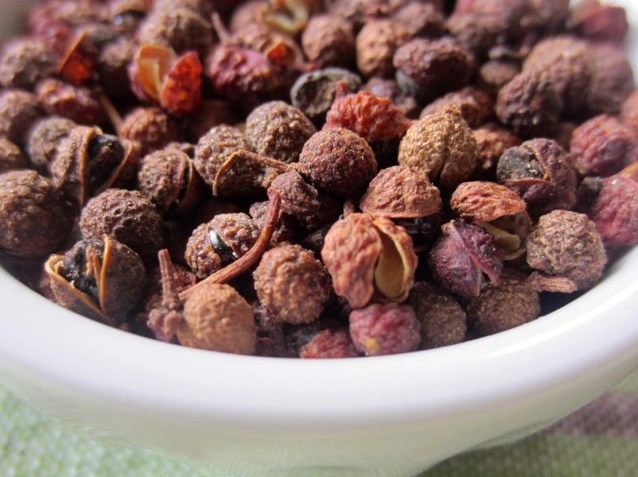
Sometimes citrus leafminers can also eat away at the leaves of the pepper plant. So, if you find any, opt for natural repellents to keep them away.
As for the diseases, there are a few that you might have to be aware of. These include pepper tree leaf blotch, fusarium wilt, Alternaria, and citrus canker. All of these are preventable diseases if you adhere to the right growing measures.
FAQs
1. What makes Sichuan peppercorn numbing?
Unlike most other peppers that get their spicy flavor from capsaicin, for Sichuan peppercorns, it is the hydroxy-alpha sanshool that makes them so numbing. Not only does it have a numbing effect, but it also leads to the prolonged heat that you get when you cook with this spice.
2. Can I grow Sichuan peppercorns?
If you are planning to grow Sichuan peppercorns, we’d recommend that you do so during the spring or the fall season because those are the ideal periods. Also, they thrive when grown in flower beds or larger containers. As for the soil type, they need well-draining soil and extra nutrition for optimal growth.
3. Can you eat Sichuan peppercorns raw?
If you are planning to eat Sichuan peppercorns raw, we’d recommend that you slightly roast and then ground the peppercorns. Eating them when they are green and raw might not be the best idea, especially if you want to enjoy the strong and pungent flavor of the pepper.
4. Can you smoke Sichuan peppercorns?
Smoking Sichuan peppercorns is considered okay since it enhances the robust flavors. But, you have to be careful to not overdo it. If you end up burning the peppercorns, they will not only lose their flavor but also taste very bad.
5. How long does it take to grow Sichuan pepper?
Sichuan peppercorns take around 120 days in total to grow and harvest. If you are considering growing them, we’d recommend that you stay patient since the plant grows around 1 inch every week when grown in partial shade.
6. Can you grow Sichuan pepper in the US?
Yes, it is now possible to grow Sichuan peppercorns in the US, even in your garden at home. The only thing you need to be mindful of is checking whether it’s permitted by your local government.
Conclusion
Growing Sichuan pepper in your home isn’t as complicated as you think. With the right parameters and growing guide, you should be able to have yourself a persistent source of these small peppercorns in your garden anytime you want. Certain factors are worth considering and we have sorted them out for you in this guide.

